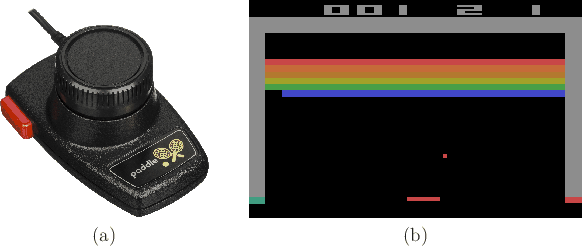
Next: Learning motor programs Up: 10.1 Motor Programs and Previous: Design considerations Contents Index
First consider the neural hardware involved in learning, control, and execution of voluntary movements. As shown in Figure 10.1(a), some parts of the cerebral cortex are devoted to motion. The primary motor cortex is the main source of neural signals that control movement, whereas the premotor cortex and supplementary motor area appear to be involved in the preparation and planning of movement. Many more parts are involved in motion and communicate through neural signals, as shown in Figure 10.1(b). The most interesting part is the cerebellum, meaning ``little brain'', which is located at the back of the skull. It seems to be a special processing unit that is mostly devoted to motion, but is also involved in functions such as attention and language. Damage to the cerebellum has been widely seen to affect fine motor control and learning of new motor programs. It has been estimated to contain around 101 billion neurons [7], which is far more than the entire cerebral cortex, which contains around 20 billion. Even though the cerebellum is much smaller, a large number is achieved through smaller, densely packed cells. In addition to coordinating fine movements, it appears to be the storage center for motor programs.
One of the most relevant uses of the cerebellum for VR is in learning sensorimotor relationships, which become encoded into a motor program. All body motions involve some kind of sensory feedback. The most common example is hand-eye coordination; however, even if you move your arms with your eyes closed, proprioception provides information in the form of efference copies of the motor signals. Developing a tight connection between motor control signals and sensory and perceptual signals is crucial to many tasks. This is also widely known in engineered systems, in which sensor-feedback and motor control are combined in applications such as robotics and aircraft stabilization; the subject that deals with this is called control systems. It is well-known that a closed-loop system is preferred in which sensor information provides feedback during execution, as opposed to open-loop, which specifies the motor signals as a function of time.
One of the most important factors is how long it takes to learn a motor program. As usual, there is great variation across humans. A key concept is neuroplasticity, which is the potential of the brain to reorganize its neural structures and form new pathways to adapt to new stimuli. Toddlers have a high level of neuroplasticity, which becomes greatly reduced over time through the process of synaptic pruning. This causes healthy adults to have about half as many synapses per neuron than a child of age two or three [100]. Unfortunately, the result is that adults have a harder time acquiring new skills such as learning a new language or learning how to use a complicated interface. In addition to the reduction of neuroplasticity with age, it also greatly varies among people of the same age.
 |
Steven M LaValle 2020-01-06